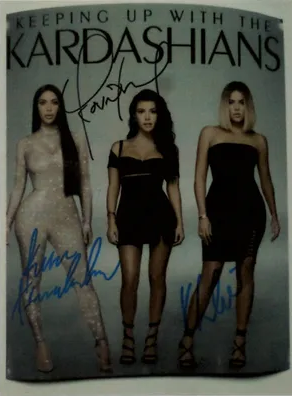In a world where the true essence of trust is embodied by the authenticity of names etched in the annals of history, there lurked a cunning marauder who spent nearly a decade spinning a web of deceit worth $250,000. This villain was none other than Anthony J. Tremayne, a once-unassuming resident of California who transformed the good nature of the sports memorabilia community into his personal goldmine—all with the stroke of a fake autograph.
The sports memorabilia market thrives on the unchanging elements of trust and authenticity. Collectors hold faith that the signatures on their cherished baseballs are real, that the jerseys draping their walls have seen the action on the field, and that the sellers peddling these items are genuinely offering a piece of sports history—not a product of deceptive ingenuity. But Tremayne saw not history but opportunity in these sentimental markets, weaving an elaborate scheme of dishonesty from 2010 to 2019.
With the unscrupulous diligence of a seasoned con artist, Tremayne elevated the art of the scam. He didn’t merely scrawl who-knows-who’s name on a basketball and claim it once belonged to Larry Bird. No, Tremayne’s deceit manifested itself in grander illusions—replica Stanley Cups, signed boxing gloves that bore the phantom ink of pugilist legends, and jackets flaunting supposed links to the Hall of Fame. To the unsuspecting and sometimes even veteran collector, these items were presented with fraudulent evidence of authenticity—impeccably forged certificates that could make even the savviest of experts pause.
Authorities estimate Tremayne’s deceptions milked approximately $250,000 from the wallets of unsuspecting enthusiasts. Had he not been exposed, his cagey operations could have easily ballooned to half a million dollars in counterfeit memorabilia. His undoing, however, came at the hands of a meticulously crafted FBI sting. Posing as a buyer, an undercover agent made a seemingly innocuous purchase: a photo, allegedly signed by the glitzy Kardashian clan, for a modest investment of $200. But this transaction was the keystone in the arch of a far-reaching investigation.
Despite facing numerous charges, Tremayne eventually conceded to a guilty plea over a singular count. As his day of reckoning approaches in August 2025, he stands on the precipice of facing up to 20 years in the pen, perhaps adding time to look back on his lost decade.
The scandal transcends the bounds of an isolated grift, serving as a raucous wake-up call to the modern memorabilia market, which is burgeoning both in size and susceptibility to fraud. In an age where technology can artistically falsify even the boldest of claims, where polished fake certificates and professional-looking websites blur the distinction between the genuine and the phony, collectors find themselves in the fray of constant caution.
What lies at the heart of this scandal is a bitter truth that’s often swallowed with dismay: an enthusiast’s passion can often muffle a whisper of skepticism. That fantasy item, offered at an implausible steal of a price, can eclipse the shadows of doubt. It is precisely this enthrallment that con artists like Tremayne thrive on, playing the strings of excitement against the chords of prudence.
For collectors, this episode has underscored the critical need for heightened vigilance. It’s more crucial than ever to engage with the sanctified halls of reputable auction houses and dealers renowned for their integrity and transparency. When delving into the labyrinth of online marketplaces, insisting on third-party verification from the industry’s most esteemed authentication companies is paramount. And perhaps the most sagacious advice—trust your gut; if the deal feels wrong, quelling the allure is often the wisest course.
While Tremayne’s elaborate charade has been dismantled, similar schemes are likely simmering in the wings, ready to pounce upon unsuspecting prey. Such scandals do more than deplete bank accounts—they erode the camaraderie and thrill that fuel the collecting hobby. The future of memorabilia collecting lies in a renewed commitment to scrutiny and diligence. A sharper eye and a more measured hand will help defend this treasured past-time against the machinations of those who would seek to exploit it.





